Central Florida hides a remarkable natural treasure beneath its surface – a vast network of freshwater springs bubbling up from the Floridan Aquifer. These crystal-clear waters maintain a consistent 72-degree temperature year-round, providing refreshing swimming opportunities even during Florida’s steamiest summer months and surprisingly comfortable dips during winter.
Here is a list of 20 exceptional springs across Central Florida where visitors can experience these natural wonders firsthand. Each offers its own unique characteristics beyond the postcard-perfect turquoise waters.
Blue Spring State Park
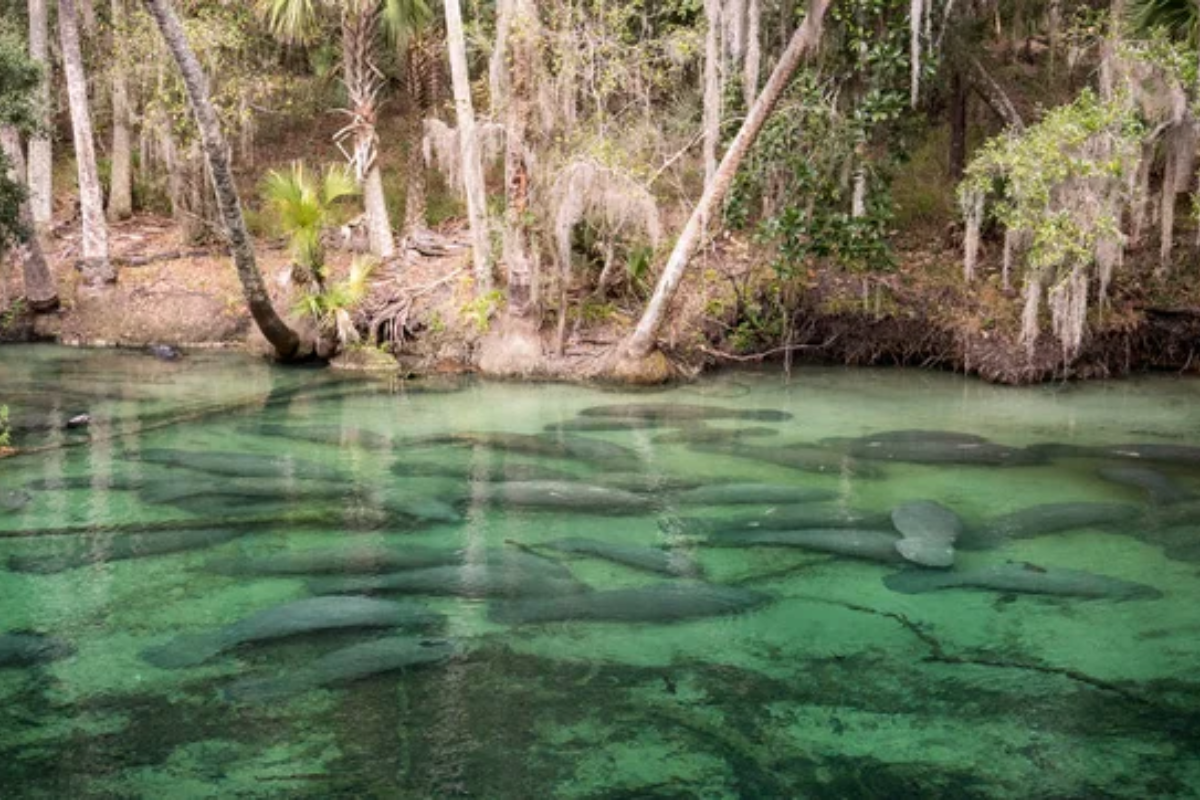
This first-magnitude spring produces 104 million gallons of water daily, creating a stunning blue pool that flows into the St. Johns River. From November through March, hundreds of manatees gather in the spring run, making it one of Florida’s most reliable spots for viewing these gentle giants.
Summer visitors enjoy swimming in the refreshingly cool main spring, while the boardwalk remains accessible year-round for wildlife observation and photography.
Silver Springs State Park
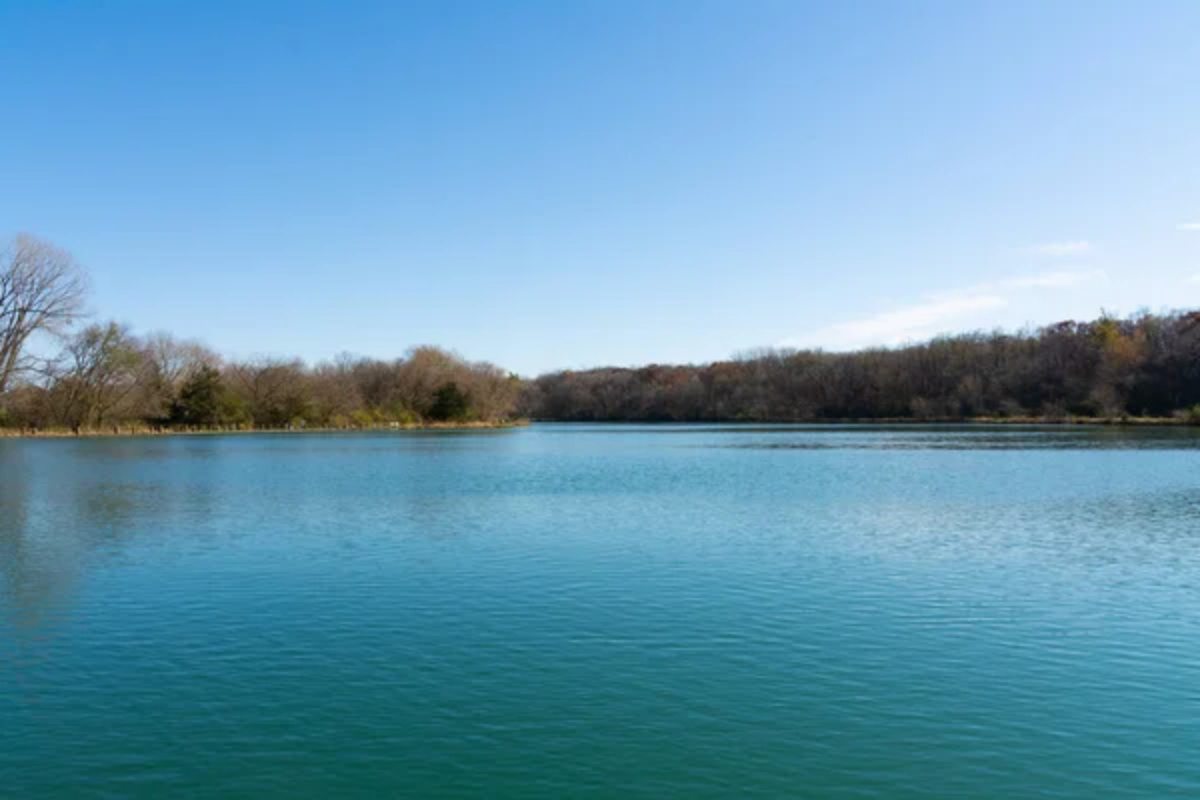
America’s largest artesian spring system creates a subaquatic wonderland, best experienced through the park’s famous glass-bottom boat tours operating since the 1870s. The crystalline waters reveal underwater caves, ancient artifacts, and diverse aquatic life gliding above white sandy bottoms.
Visitors paddling transparent kayaks experience a unique perspective as they float above the springs while viewing the underwater landscape simultaneously.
Like Travel Pug’s content? Follow us on MSN.
Rainbow Springs State Park
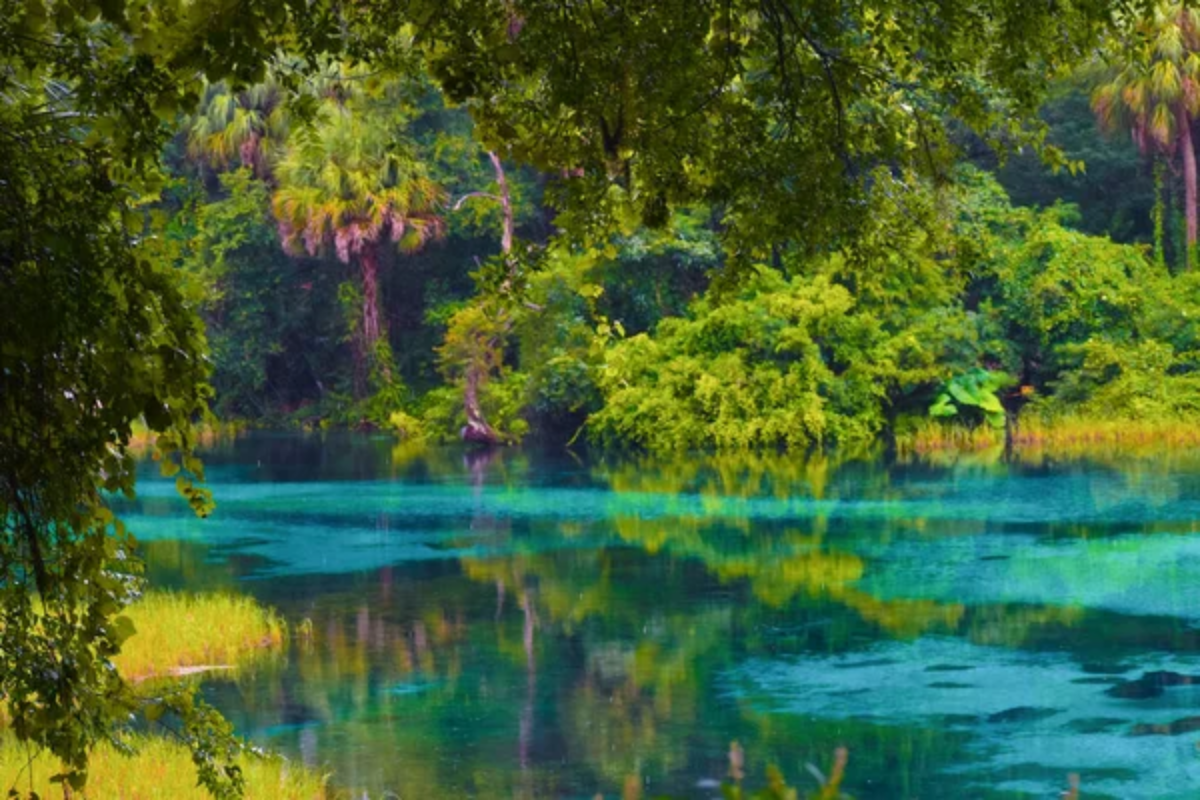
This scenic spring system features multiple vents, creating a vibrant blue swimming area surrounded by meticulously landscaped gardens originally designed as a private attraction. Mossy hammocks and artificial waterfalls dating from its days as a tourist destination in the 1930s add visual interest along the walking paths.
The headspring area provides spacious swimming access, while the extended river system offers miles of paddling opportunities downstream.
Juniper Springs
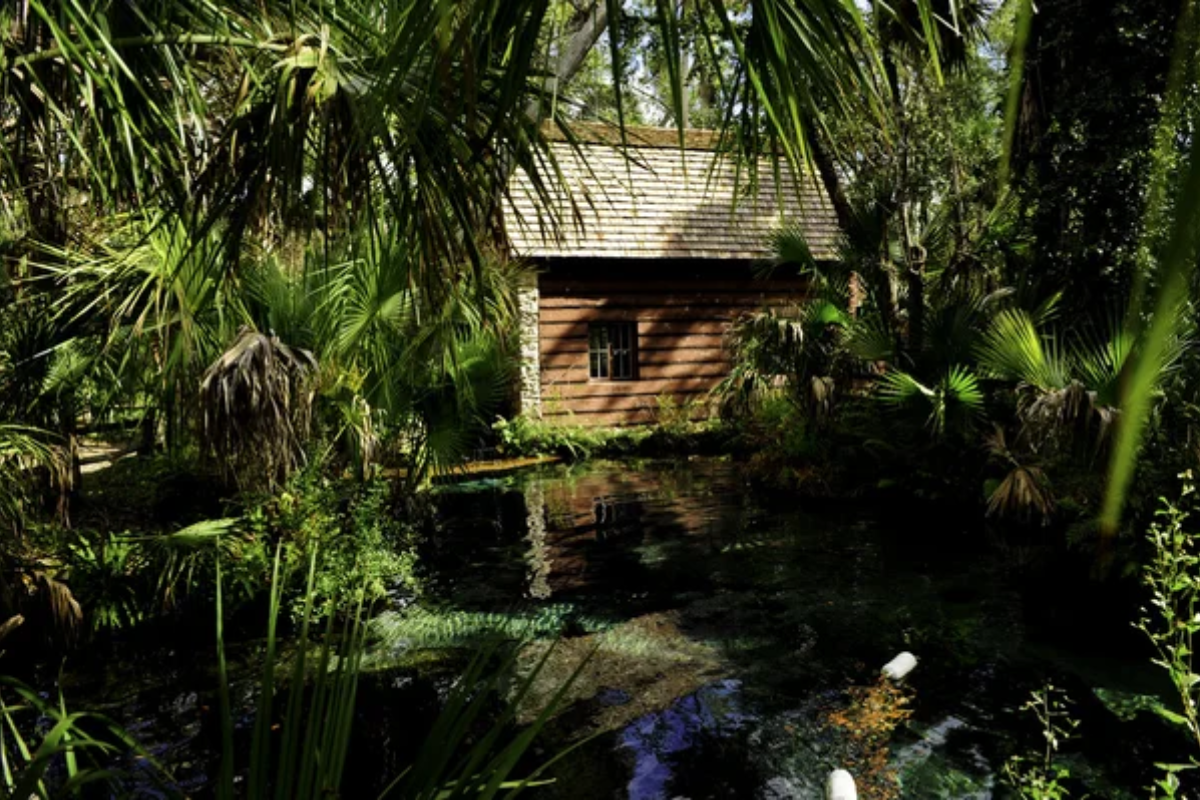
Tucked within the Ocala National Forest, this spring complex features an unusual circular spring pool contained within a historic stone wall built by the Civilian Conservation Corps in the 1930s. Ancient cypress trees surround the swimming area, creating a primeval atmosphere unlike the more open spring environments found elsewhere.
Adventurous visitors can tackle the challenging 7-mile canoe run through narrow, winding forest channels requiring numerous portages around fallen trees.
Alexander Springs
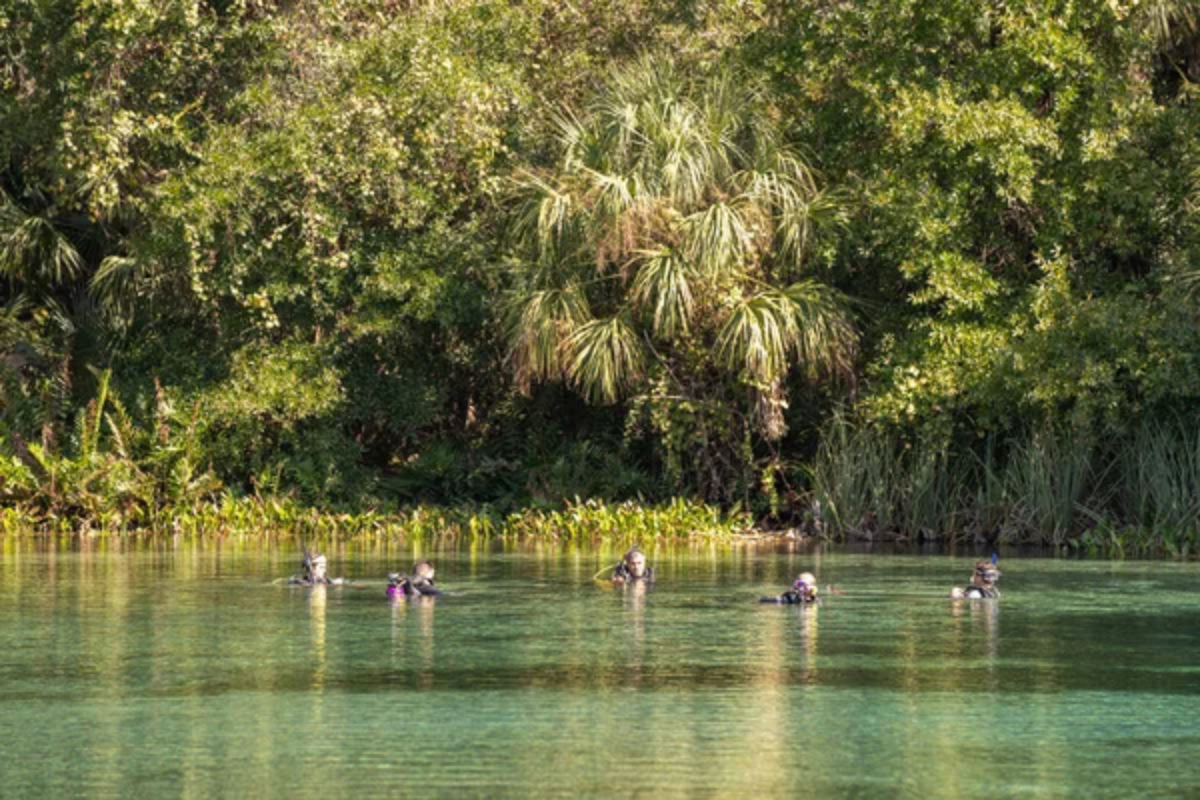
This broad, gently sloping spring basin within Ocala National Forest provides an ideal introduction to Florida springs for novice swimmers and families with young children. A gradual entry leads to depths of 25 feet at the main vent, where scuba divers explore the karst pit producing 80 million gallons daily.
The surrounding recreation area offers extensive hiking through multiple ecosystems, including rare scrub habitat supporting endangered species.
Like Travel Pug’s content? Follow us on MSN.
Rock Springs Run
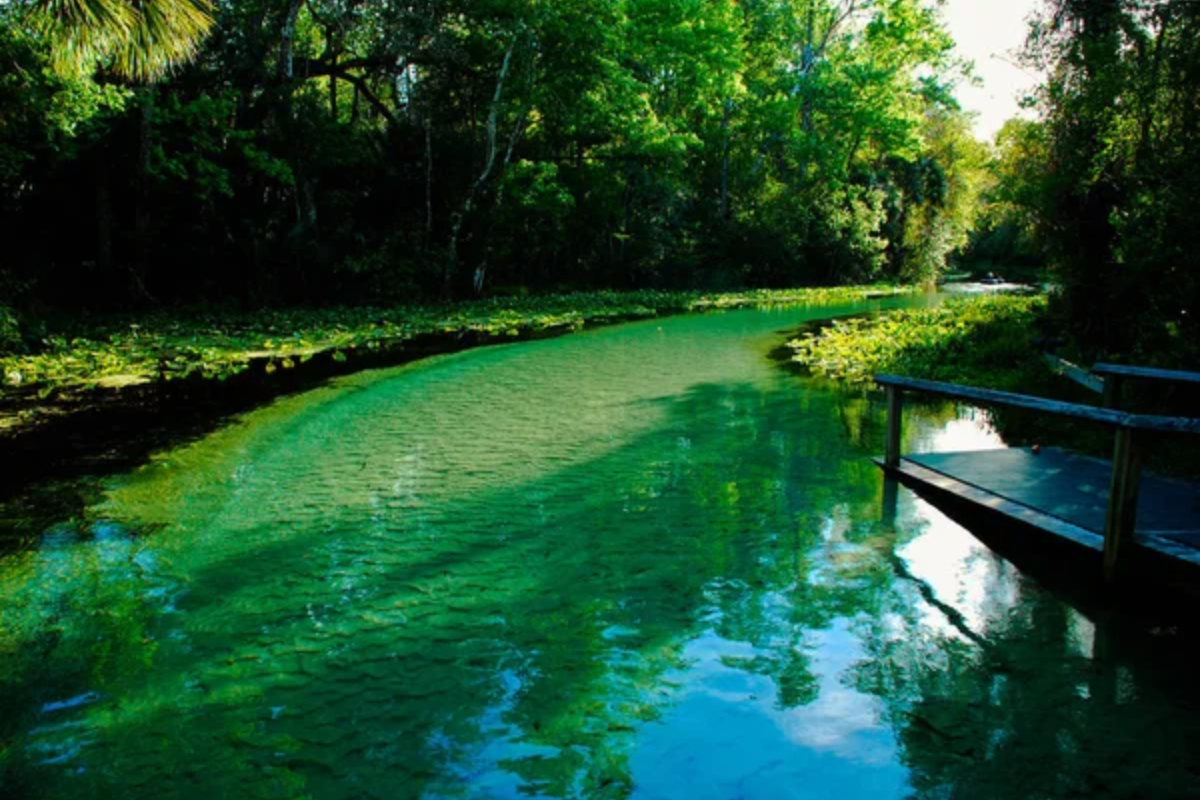
This intense natural water feature at Kelly Park forces 26,000 gallons per minute through a rocky crevice, creating a ready-made lazy river experience. Visitors bring inflatable tubes to float the quarter-mile spring run through a forested corridor with multiple entry and exit points along the route.
The swimming area near the headspring offers crystal-clear waters for wading while maintaining safe distances from the sometimes forceful current.
Wekiwa Springs
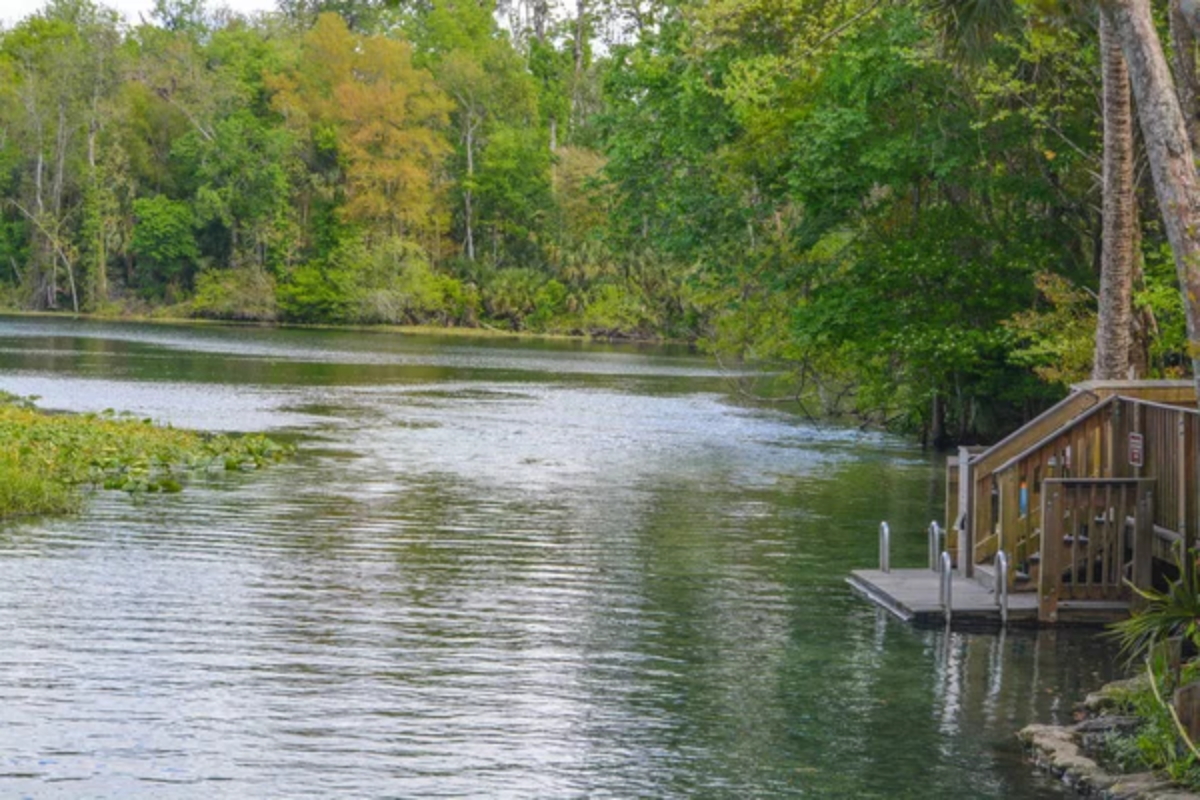
Located just minutes from Orlando’s attractions, this urban oasis features a circular spring pool producing 43 million gallons daily in a surprisingly natural setting. The spring run flows into the Wekiva River, offering paddlers miles of wild Florida landscapes within sight of suburban development.
Weekend visitors should arrive early as this accessible spring reaches capacity frequently during summer months when locals seek relief from the heat.
De Leon Springs

Historical significance combines with natural beauty at this spring, where sugar mill ruins hint at its industrial past before becoming a tourist attraction in the 1880s. The spring pool features a swimming area with a dividing wall separating deeper sections from shallow entry points suitable for non-swimmers.
The on-site Old Spanish Sugar Mill restaurant lets visitors cook their pancakes at tabletop griddles while overlooking the spring through panoramic windows.
Like Travel Pug’s content? Follow us on MSN.
Salt Springs
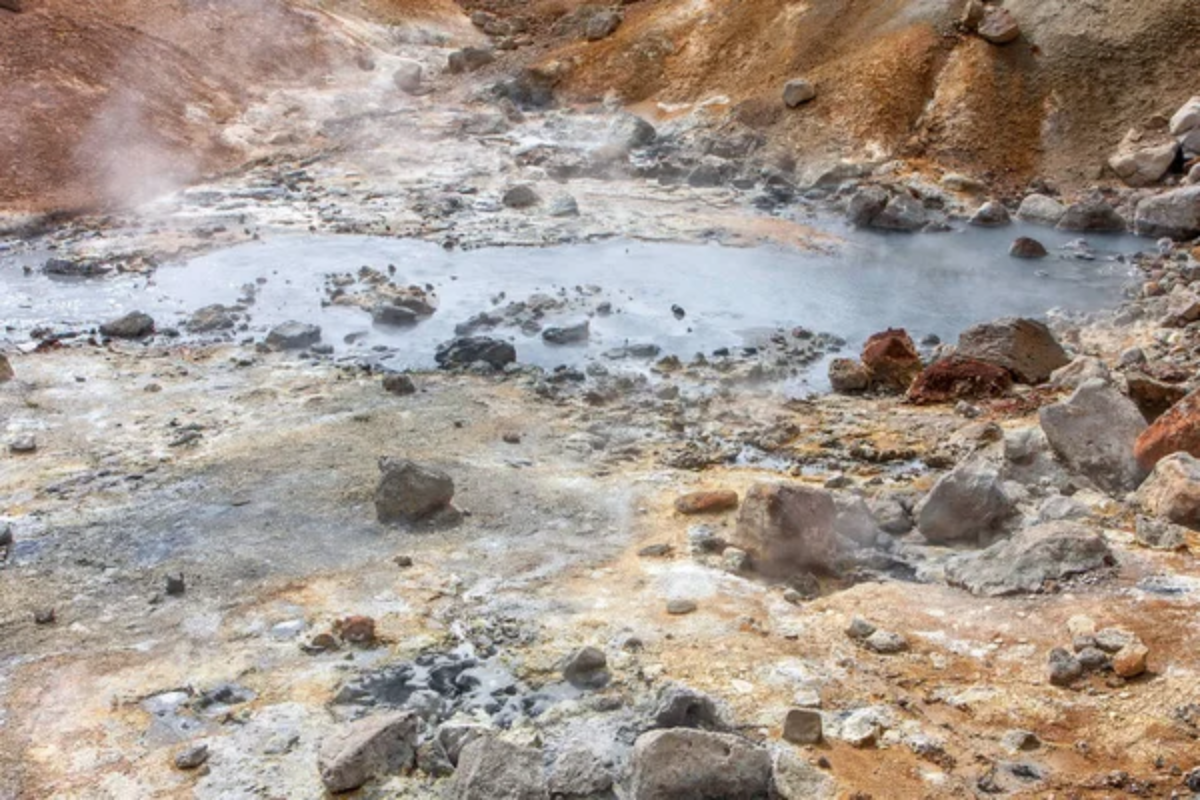
Unique mineral content gives this Marion County spring a slightly salty taste, unlike other freshwater springs in the region. The swimming area features clear sandy bottoms with natural limestone formations creating distinct vents where water bubbles forcefully from the aquifer.
Overnight visitors can reserve campsites in the adjacent national forest recreation area, allowing early morning access to the springs before day-use crowds arrive.
Ichetucknee Springs
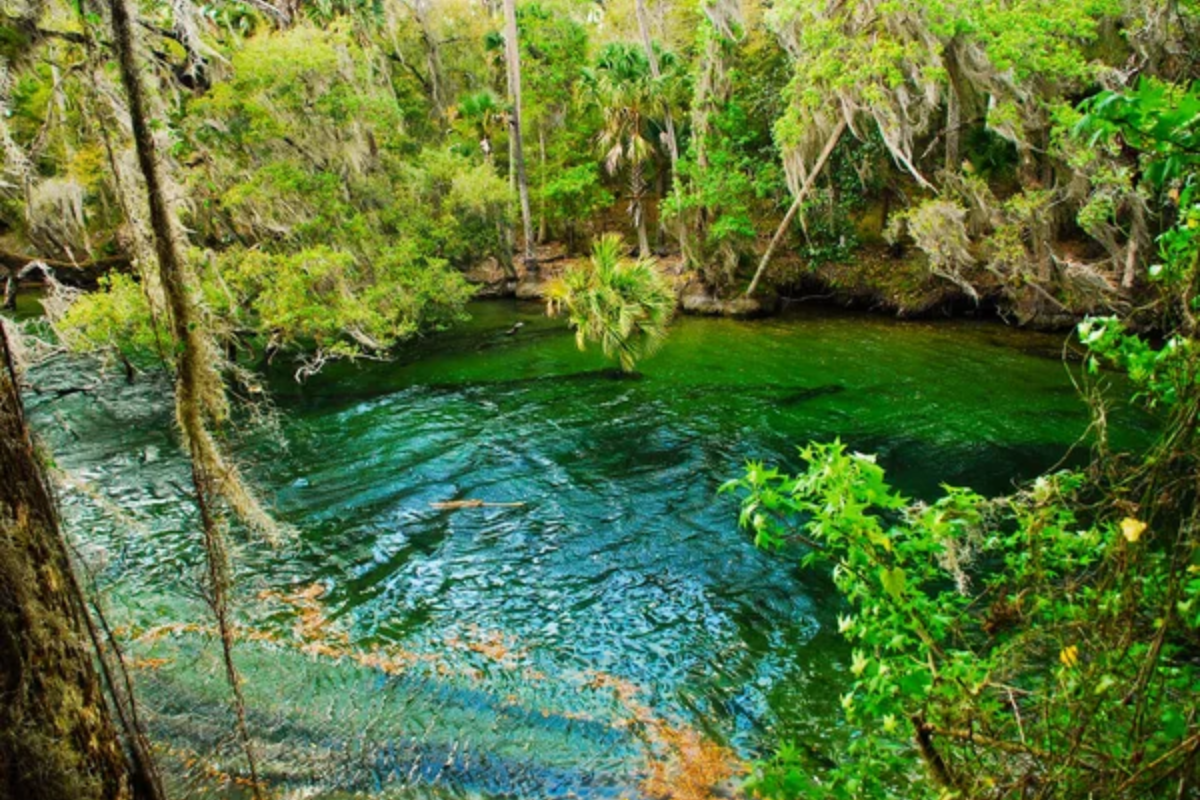
This spring system feeds the pristine Ichetucknee River, creating Florida’s most beloved tubing experience through crystal-clear waters lined with limestone banks and overhanging trees. The headspring features a swimming area where underwater caves create striking blue illumination from sunlight filtering through the porous limestone.
Summer visitors should arrive early for tube rentals as the park enforces strict capacity limits to protect the fragile ecosystem.
Three Sisters Springs
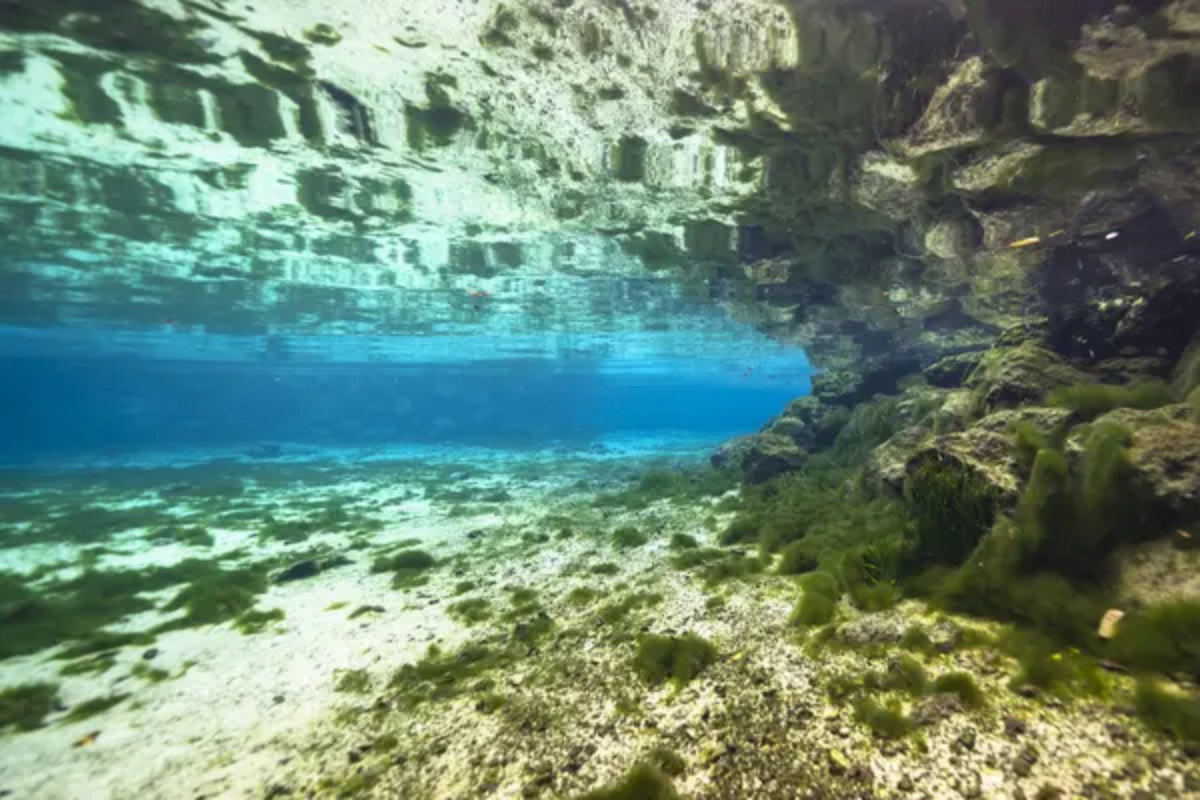
This collection of three connected spring vents creates perhaps the most photographed spring in Florida, with impossibly blue waters surrounded by limestone formations. Winter visitors observe hundreds of manatees gathered in the warm spring waters through a boardwalk system that protects both wildlife and water quality.
Swimmers access the springs from adjacent Hunters Cove during the summer months when manatee restrictions lift.
Like Travel Pug’s content? Follow us on MSN.
Ginnie Springs
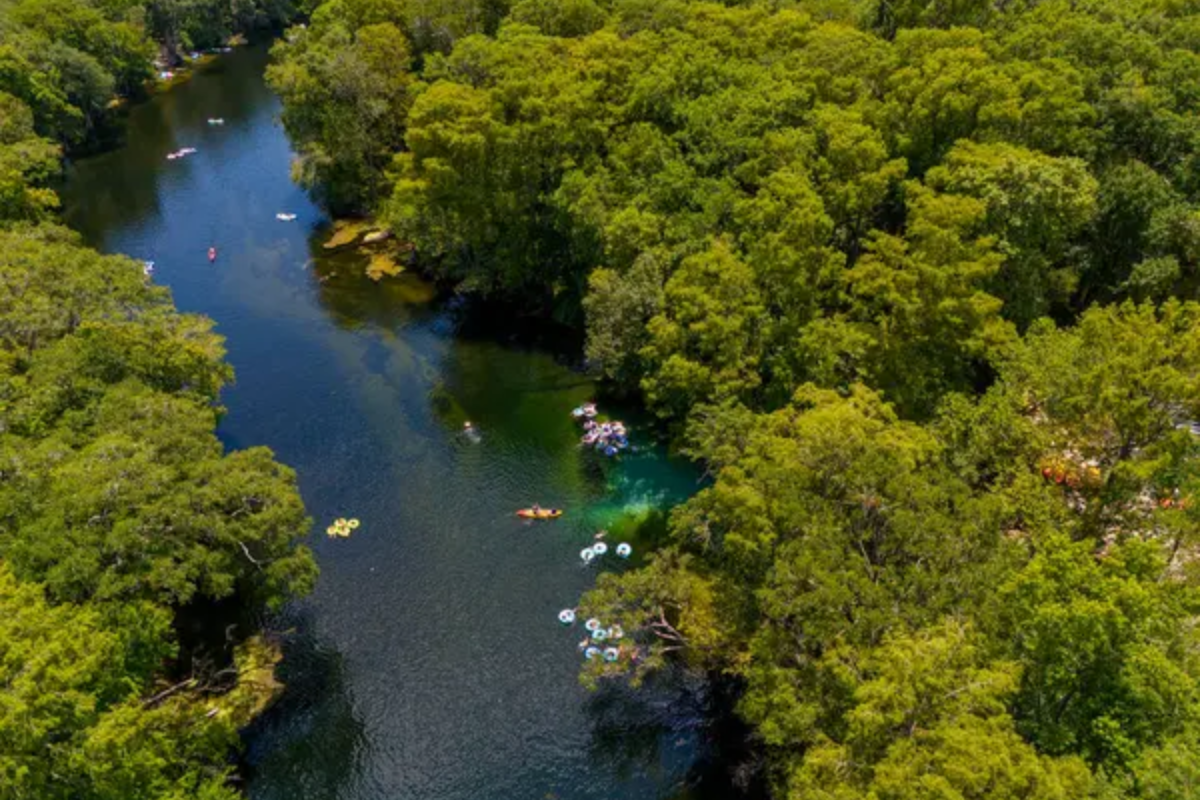
This privately owned spring complex features multiple spring vents connected by wooden platforms, which are ideal for sunbathing between refreshing dips. Extensive underwater cave systems make this a world-renowned destination for cave divers exploring the elaborate limestone formations beneath the surface.
The main spring pool offers excellent underwater visibility for snorkelers while adjacent springs provide quieter swimming experiences away from crowds.
Madison Blue Spring
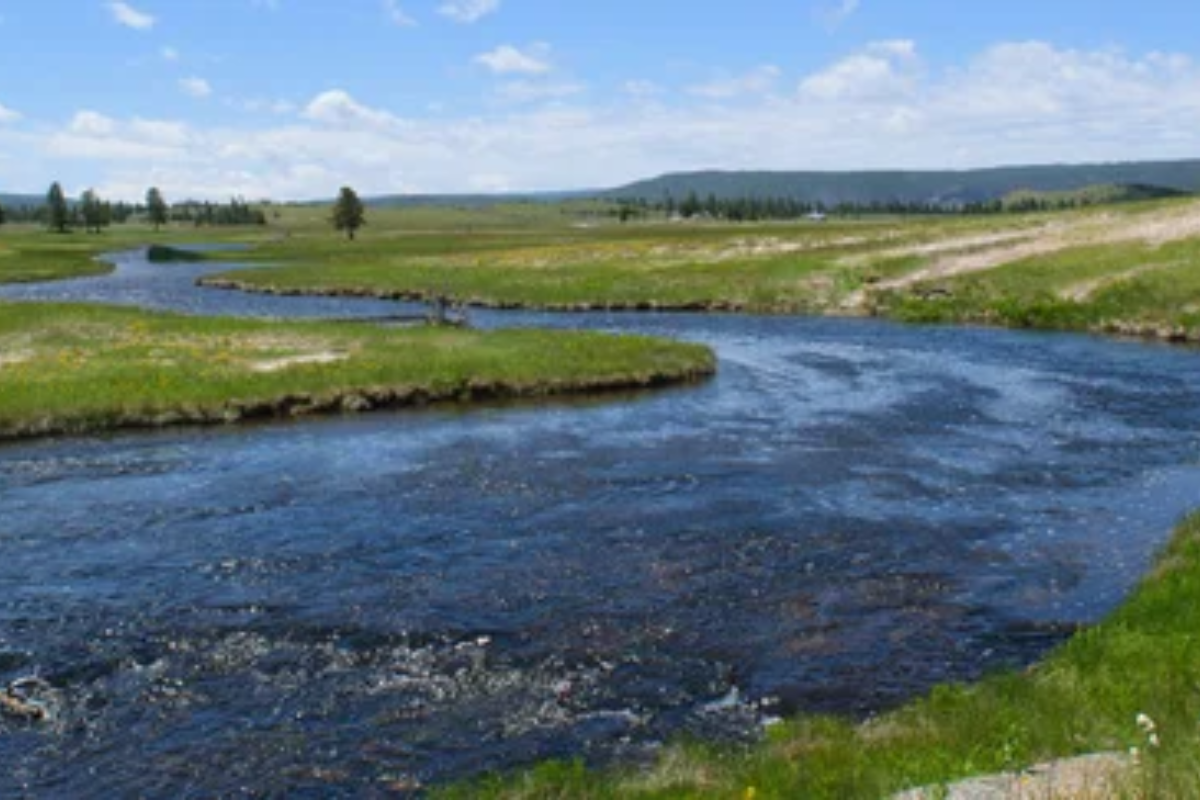
This circular spring basin creates a stunning blue swimming pool before flowing a short quarter-mile to the Withlacoochee River along Florida’s northern border. Limestone banks provide natural sunbathing platforms while multiple entry points allow easy access to the cool waters.
Underwater limestone formations create interesting topography for snorkelers exploring this classic example of a karst window into the Floridan Aquifer.
Weeki Wachee Springs

This iconic Florida attraction combines natural springs with vintage mermaid performances presented in an underwater theater since 1947. Beyond the kitschy show, visitors enjoy the spring-fed water park with slides and swimming areas fed by the first-magnitude spring producing over 117 million gallons daily.
Paddlers can explore the crystal-clear Weeki Wachee River where the current gently propels kayakers downstream past wildlife and underwater spring vents.
Like Travel Pug’s content? Follow us on MSN.
Morrison Springs
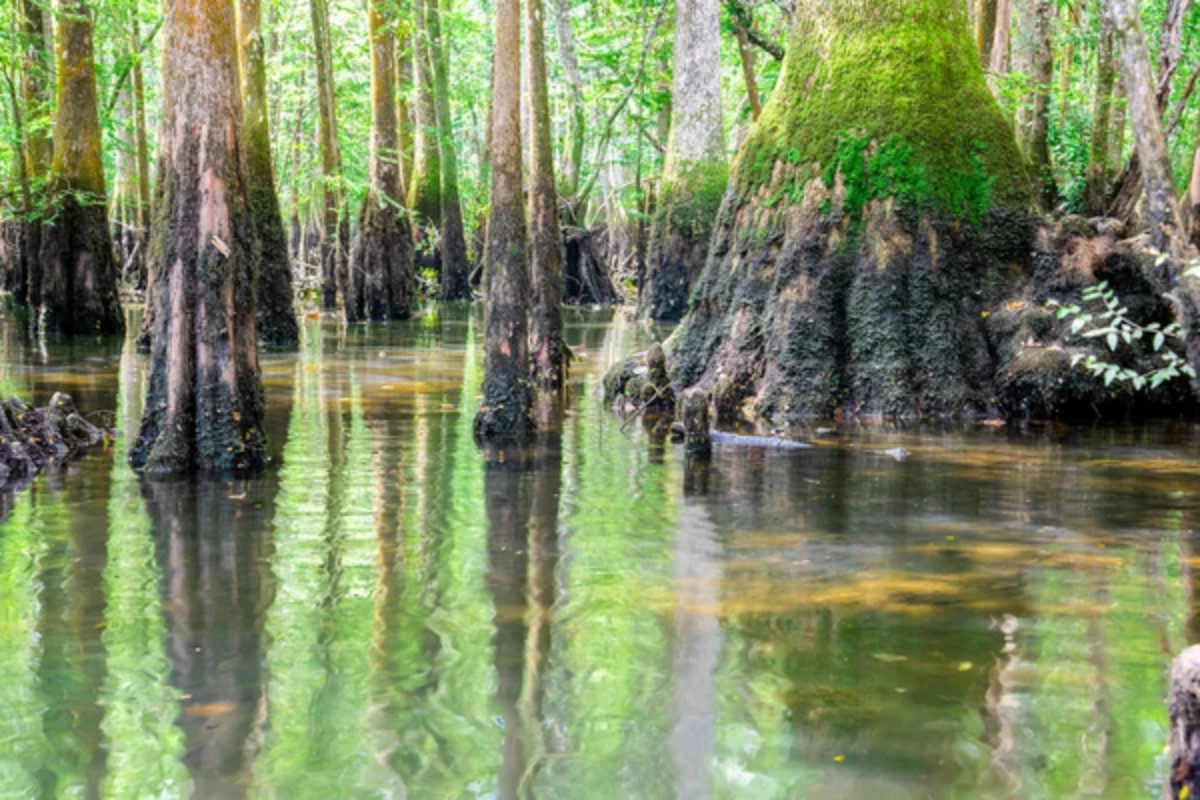
This remote spring in the Florida panhandle features a large, circular basin with excellent underwater visibility, which attracts snorkelers and divers. A wooden platform extends into the spring, providing access for swimmers while protecting the fragile shoreline from erosion.
The spring depth quickly drops to over 300 feet at the main vent, where limestone caves connect to an extensive underwater system explored only by technical divers.
Fanning Springs
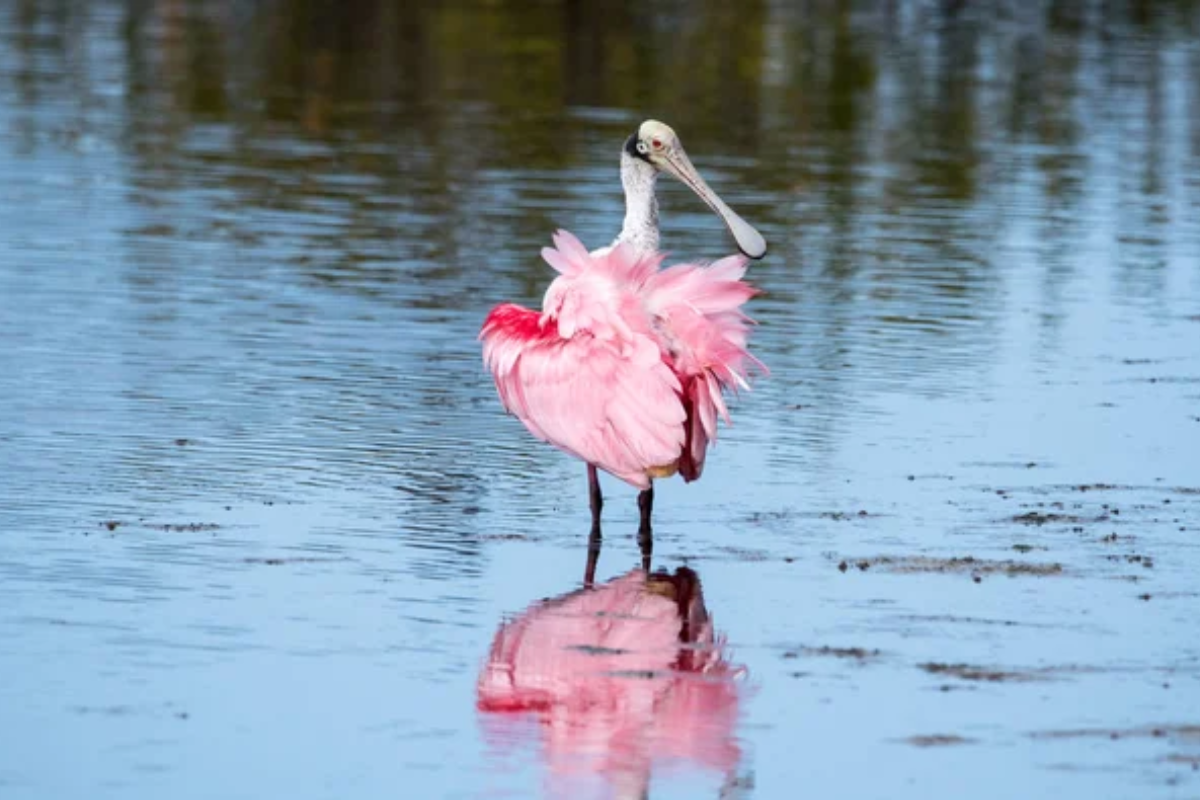
This first-magnitude spring creates a spacious swimming area along the Suwannee River with convenient facilities including picnic pavilions and changing areas. A concrete wall separates the main spring pool from the river, allowing swimming even during periods of higher river levels that would otherwise compromise water clarity.
Winter visitors might encounter manatees seeking warmer waters, while summer brings jumping mullet fish creating unexpected splashes throughout the swimming area.
Ponce de Leon Springs
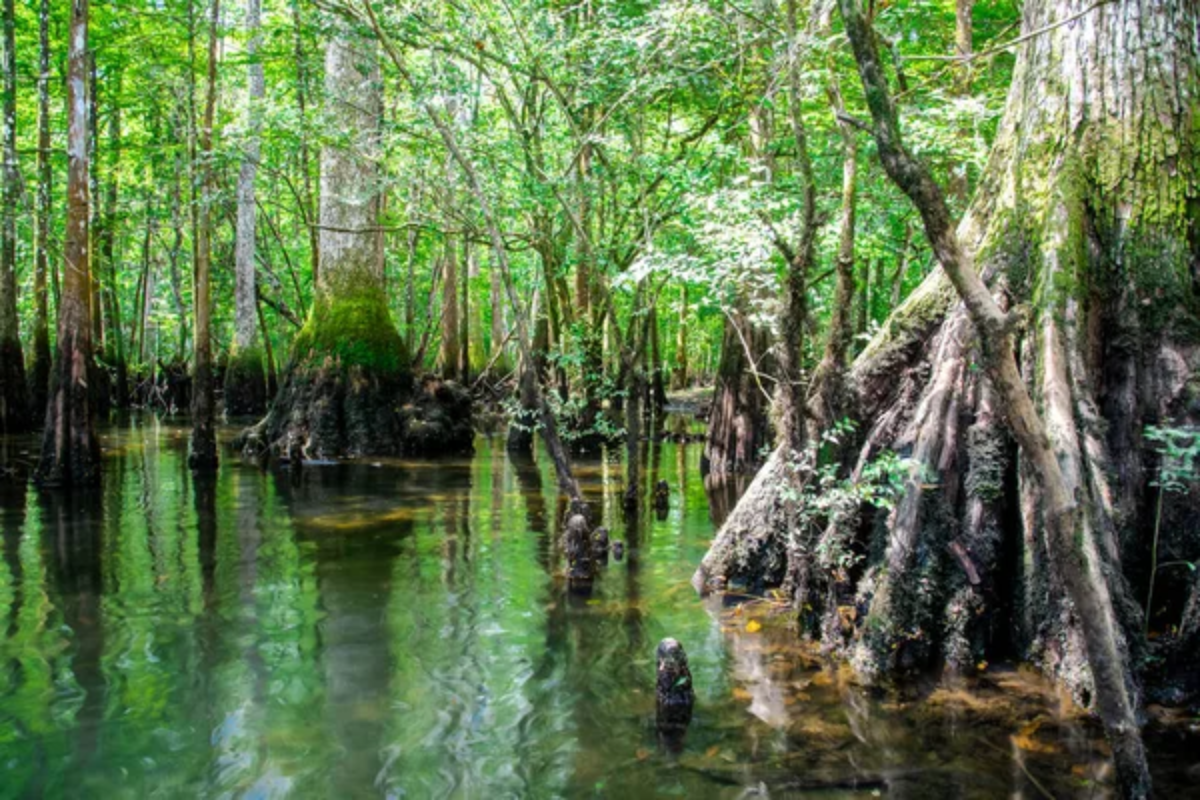
This circular spring pool in the Florida panhandle produces 14 million gallons daily from a limestone vent, creating ideal swimming conditions with sandy entry points. The spring maintains consistent visibility year-round, allowing underwater views of fish and geological features regardless of season.
Surrounding nature trails explore the upland forests where interpretive signage explains the connection between surface ecosystems and aquifer health.
Like Travel Pug’s content? Follow us on MSN.
Gilchrist Blue Springs
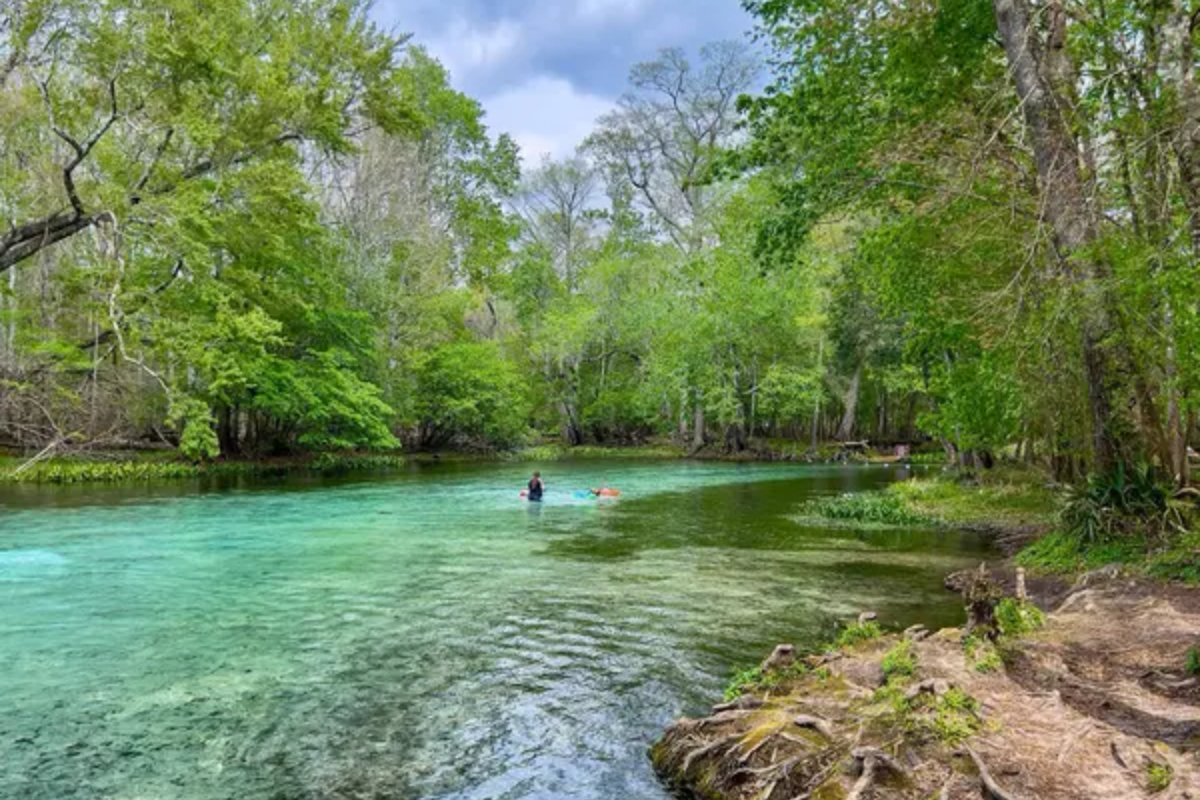
This recently designated state park protects a second-magnitude spring producing 44 million gallons daily, feeding a short run to the Santa Fe River. Multiple spring vents within the basin create swirling sand patterns visible to swimmers observing the underwater landscape.
A wooden boardwalk follows the spring run, providing observation points for spotting wildlife while protecting sensitive vegetation along the shoreline.
Peacock Springs
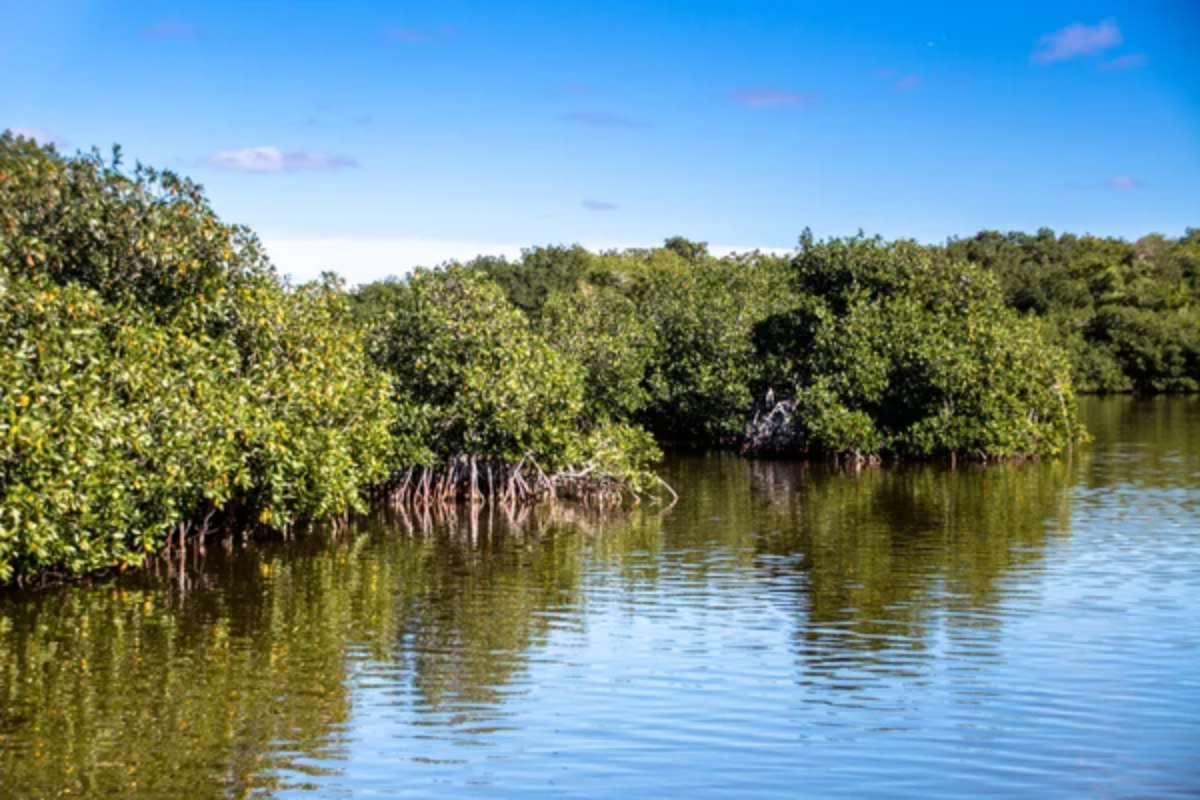
This spring system features multiple karst windows into an extensive underwater cave system extending for miles beneath the surface. The main spring basin provides swimming access while maintaining a natural setting without extensive development or facilities.
Experienced cave divers explore the underwater passages, while surface visitors enjoy the springs’ remote location, which offers a less crowded experience than more accessible springs.
Troy Spring
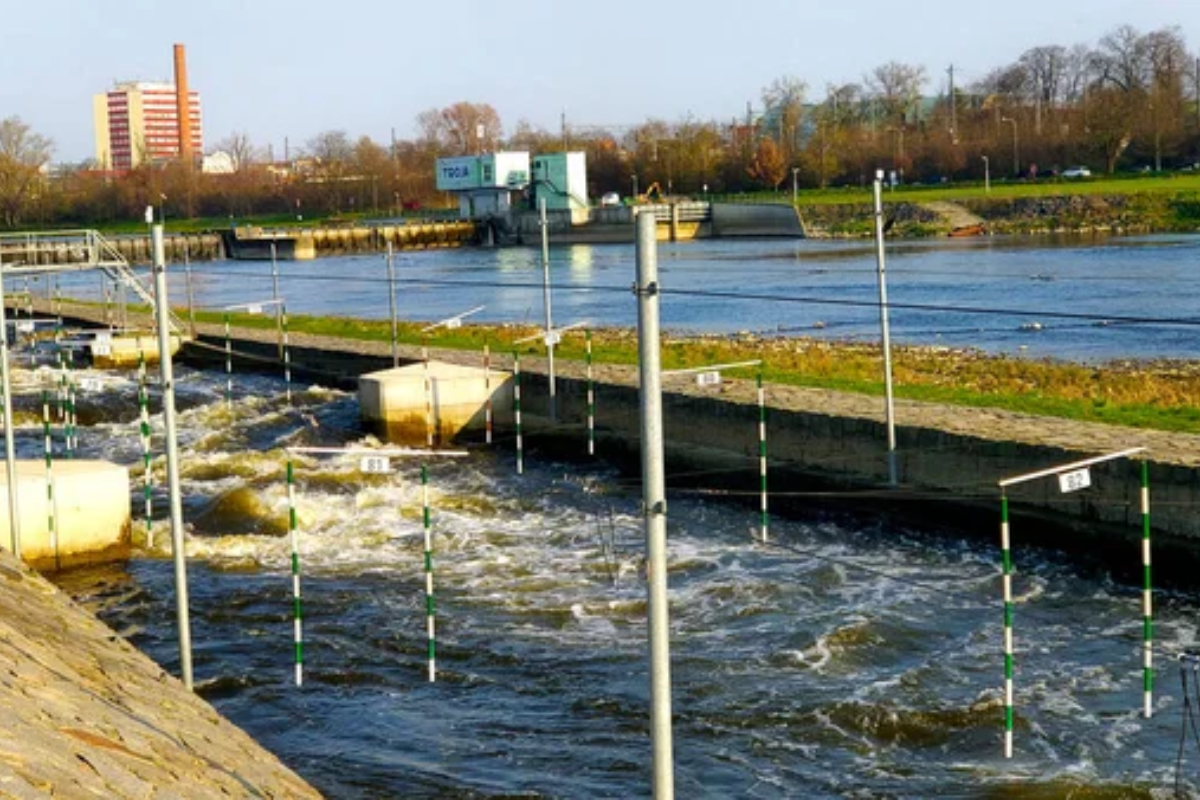
This deep, cylindrical spring basin drops 70 feet to the limestone vent, creating dramatic underwater views for snorkelers floating above the abyss. Remains of the Civil War-era steamboat Madison rest on the spring bottom, visible from the surface during periods of low water levels.
The adjacent Suwannee River provides additional swimming opportunities while limestone bluffs create scenic vistas uncommon in Florida’s typically flat landscape.
Like Travel Pug’s content? Follow us on MSN.
Florida’s Living Fountains
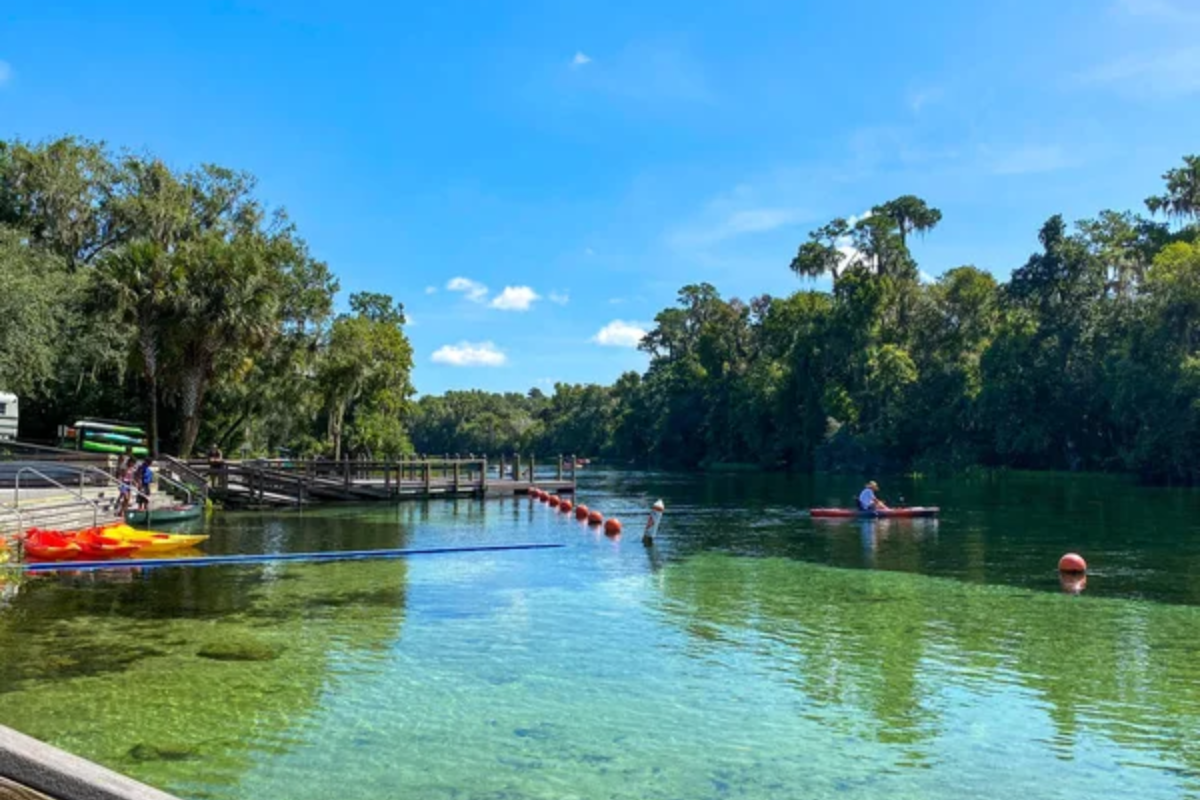
These remarkable natural features represent far more than just swimming opportunities – they provide windows into Florida’s complex underground water systems and the critical importance of aquifer protection. Each spring tells a unique story through its particular configuration of vents, flow rates, and surrounding ecosystems while collectively demonstrating the interconnectedness of Florida’s waters.
Whether seeking adventure, relaxation, or natural beauty, these living fountains reward visitors with experiences that continue flowing long after returning home.
More from Travel Pug

- Cities Growing so Fast You Won’t Recognize Them in 10 Years
- 13 Destinations Where Tourists Regularly Regret Their Trip
- 16 U.S. Cities That Are Quietly Becoming Travel Hotspots
- Where to Travel If You Love Long Bus Rides and Daydreams
- 20 Cities Perfect for Solo Travelers Who Crave Adventure & Culture
Like Travel Pug’s content? Follow us on MSN.
